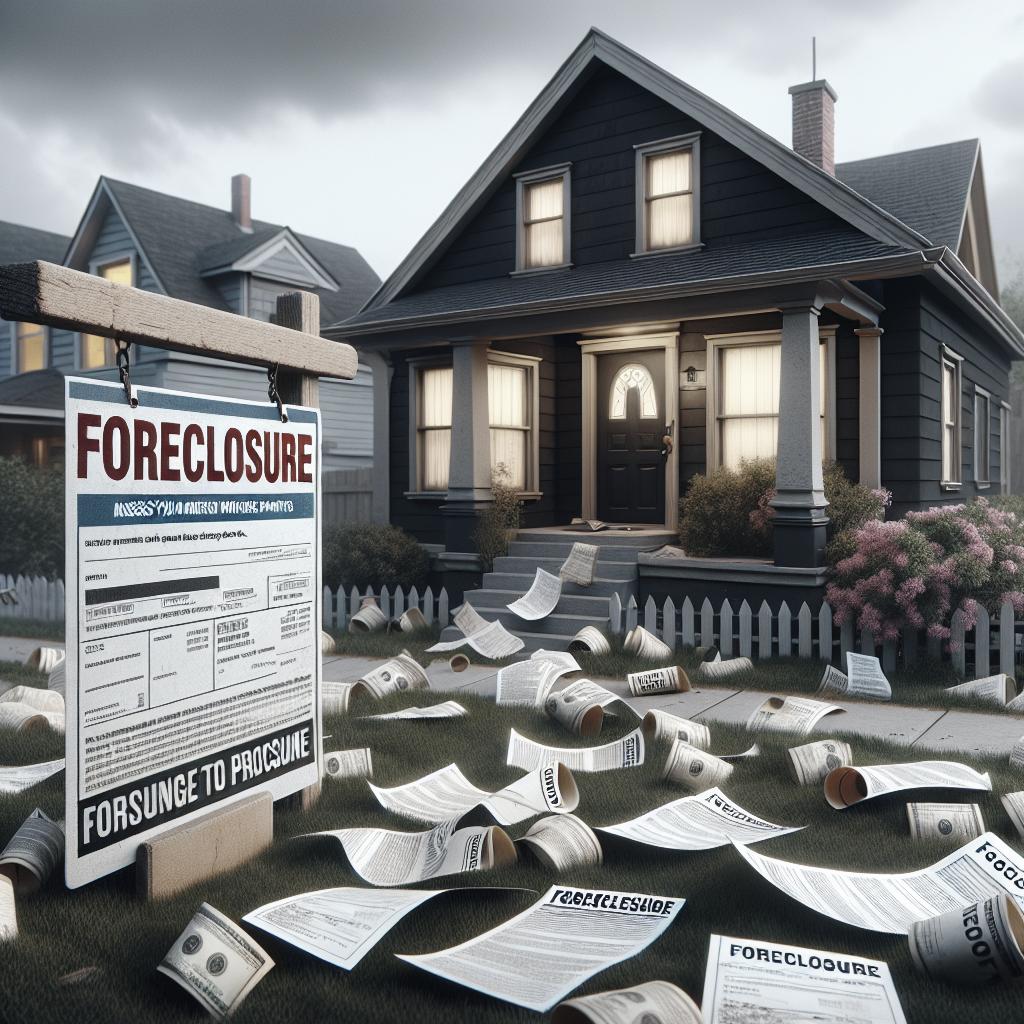html
How Long Can a House Last?
Houses are dynamic structures, complex systems comprised of numerous components, each with its own lifespan. This blog post explores the longevity of a house by examining various aspects, such as building materials, essential components like HVAC systems, and appliances. It also delves into exterior features that contribute to or detract from a house’s durability. Understanding how long these elements typically last can help homeowners make informed decisions about maintenance and renovations, ultimately extending the life of their home. The discussion begins by considering general lifespans, before drilling down to specific systems and features, providing a comprehensive view of a house’s durability over time.
How long do houses last?
The longevity of a house can be determined by several factors, including the materials used, construction quality, environmental conditions, and maintenance practices. Wooden houses, for instance, may face issues such as rot and pest infestation, potentially shortening their lifespan. However, with proper care, wood-framed houses can last from 100 to 150 years. In contrast, structures built with stone, brick, or concrete often have much longer life expectancies, extending beyond 200 years when well-maintained.
Maintenance is paramount in prolonging any house’s lifespan. Regular inspections, timely repairs, and preventive measures are crucial in averting structural compromise. Moreover, environmental factors, such as humidity, temperature variation, and natural disasters, significantly influence the longevity of a house. By understanding these dynamics, homeowners can better prepare to extend the life cycle of their dwelling, conserving both history and resources.
HVAC system
The HVAC system is integral to a home’s comfort and efficiency, impacting its longevity and cost. On average, a well-maintained HVAC system lasts about 15 to 25 years. The system’s lifespan is contingent upon factors such as maintenance frequency, usage patterns, and installation quality. Regular servicing can mitigate wear and tear, ensuring that the system operates optimally throughout its expected lifespan.
Neglecting HVAC maintenance can result in diminished efficiency, higher utility costs, and potentially costly repairs or replacements. Seasonal inspections and timely filter replacements are simple measures that prolong the system’s life while maintaining air quality. Investing in modern, energy-efficient systems may offer longer lifespans and reduced energy consumption, enhancing overall home sustainability.
Appliances and fixtures
Appliances and fixtures within a house play a key role in everyday functionality and comfort. While not as durable as foundational components, regular maintenance can significantly extend their lifespans. Appliances such as refrigerators and dishwashers typically last around 8 to 15 years, though brand and usage can greatly influence durability. Regular cleaning and prompt repairs are critical to their longevity.
Fixtures, including sinks, faucets, and toilets, generally offer consistent performance over 15 to 20 years but may require earlier replacement due to wear or style changes. Upgrading to modern, efficient models can enhance both aesthetics and utility efficiency. Long-term, these improvements contribute substantially to a home’s operational sustainability and efficiency.
Exterior features
A house’s exterior features, such as roofing, siding, and windows, significantly affect its overall durability and lifespan. Roofs, depending on material, can last from 20 to 50 years, with asphalt shingles on the lower end and metal or slate options offering greater longevity. Weather exposure plays a pivotal role in roof wear, underscoring the importance of regular inspections and maintenance.
Siding materials, like vinyl, wood, or fiber cement, vary in their durability. Vinyl siding often lasts between 20 to 40 years, while wood requires more frequent care to tackle rot and insect damage. Quality windows can endure for 20 to 30 years but require periodic sealing and cleaning. Ultimately, the exterior’s condition impacts energy efficiency and curb appeal.
Bottom line
While a house’s longevity is influenced by myriad factors, consistent maintenance is the common thread ensuring prolonged life. Homeowners equipped with knowledge about the life spans of components and systems can plan proactive maintenance, safeguarding their investment. Ultimately, extending a house’s life hinges on regular upkeep, timely repairs, and judicious updates of systems and features as needed.
From foundational elements to individual appliances, understanding the lifespan of each component aids homeowners in making informed decisions, preserving their dwellings for generations to come. With foresight and attention to detail, any home can endure the test of time, blending tradition with modern resilience.
Final thoughts
| Component | Average Lifespan | Factors Influencing Lifespan |
|---|---|---|
| Wooden Structure | 100-150 years | Maintenance, pests, environmental conditions |
| Stone/Brick House | Over 200 years | Maintenance, environmental conditions |
| HVAC System | 15-25 years | Maintenance frequency, usage |
| Appliances | 8-15 years | Brand, usage, maintenance |
| Fixtures | 15-20 years | Use, style upgrades, maintenance |
| Roofing | 20-50 years | Material, weather exposure |
| Siding | 20-40 years | Material, maintenance |
| Windows | 20-30 years | Sealing, cleaning, maintenance |


